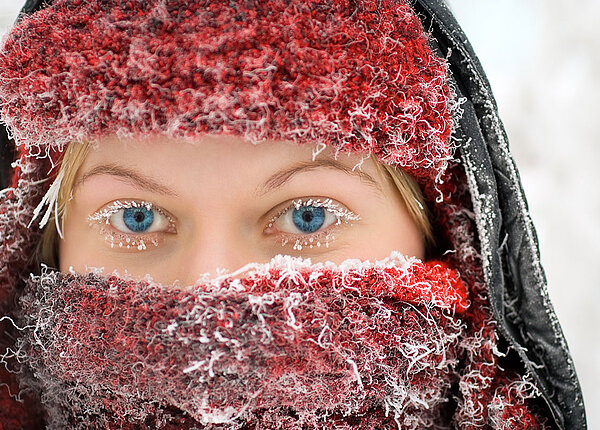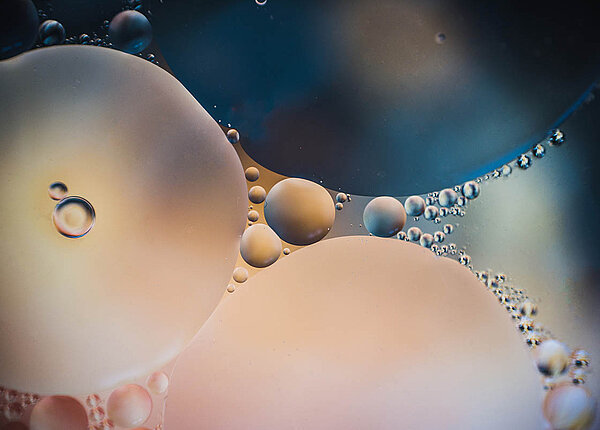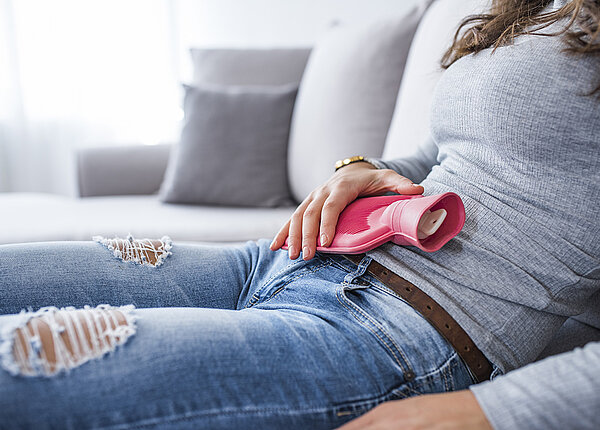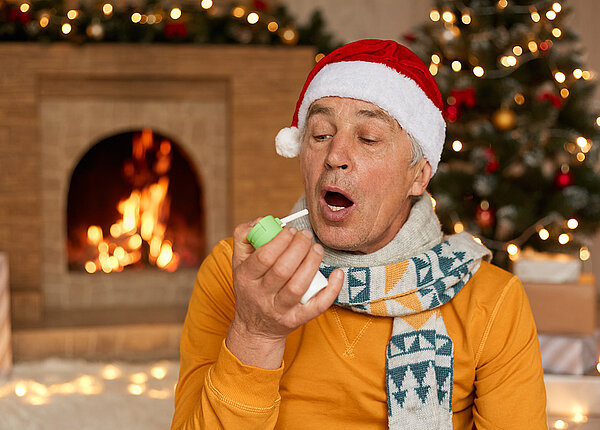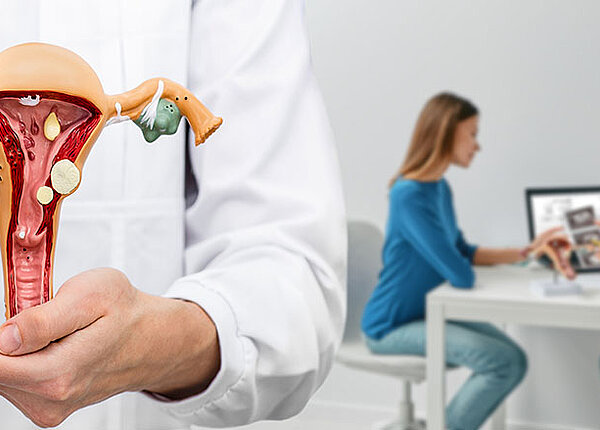English for PTA
HERPES SIMPLEX
Seite 1/1 4 Minuten
Although the lips are the most common oral area affected, other parts of the mouth can also have a so-called flare-up. Various factors can trigger such flare-ups: sunlight, fever (which leads to the other common term “fever sores”), psychological stress or menstruation. The initial infection is generally caused by the herpes simplex virus type 1 (HSV-1), and occasionally by the herpes simplex virus type 2 (HSV-2). The virus is typically spread between people by non-sexual contact. Symptoms include a burning pain followed by blisters or sores. Amazingly, there are still quite a few myths surrounding lip herpes. Female pharmacy customer: Hello, do you speak English?
PTA: Hello, yes I do. What can I do for you?
As you can see I have the beginnings of a cold sore. It started tingling this morning when I got up and I know that if I don’t do something about it today, it is just going to erupt!
Don’t worry, we have just the right thing here! Have you applied anything to it yet?
Well, I did consider using toothpaste on it, this was an advice from my friend, but I thought better of it. I also decided against using vinegar!
Yes, that was a very sensible decision. Now it doesn’t look as if the blisters have developed much yet, which is good. We have a couple of options here for you. Please, let me show you our various products for herpes.
Thank you, I’d use anything just to get rid of it. The sores are so unsightly that I always feel as if people shy away from me when they see them.
These little transparent plasters can be applied to the area. The blisters heal and they also help to prevent viral spread.
That’s good, I’ve actually heard of them. What about a cream?
We have a tinted cream here. The active ingredient has been in use since the early 1980s and is very effective.
As the infection has only just started, I think I’ll try that. How often do I need to apply it?
In the beginning and until it clears up, apply five times a day, every four hours. First, wash your hands, and then only using the end of a cotton bud, take a little of the cream to apply to the affected area. Use each bud only once.
Oh dear! I’m so stressed that I would not thought of that!
You do know that stress is one of the main causes of a breakout, don’t you?
I sort of knew that.
Other causes are direct sunlight, fever or menstruation.
Sunlight! I didn’t know that!
UV-rays from the sun have a negative effect on the immune system, making conditions ideal for a breakout. The good news is that the virus becomes less active the older one gets.
That’s good to know, but I’ll still take that sun cream!
So, that’s the sun cream, the lip cream, and a few product samples from our skincare series.
Thank you very much. You’ve been very helpful.
You’re welcome.
Goodbye!
Bye!
You can find this article at PTA IN DER APOTHEKE 07/19 on page 97.
Catherine Croghan, Lecturer in English and native speaker
Vocabulary
| colloquially | umgangssprachlich |
|---|---|
| cold sores | Lippenbläschen |
| occurs | (hier) treten auf |
| affected | betroffen |
| flare-up | (hier) Ausbruch |
| ocassionally | gelegentlich |
| burning pain | brennender Schmerz |
| blisters | Bläschen |
| tingling | Kribbeln |
| erupt | ausbrechen |
| applied | aufgetragen |
| toothpaste | Zahnpaste |
| vinegar | Essig |
| sensible | vernünftig |
| tinted | getönt |
| active ingredient | Wirkstoff |
| cotton bud | Wattestäbchen |




